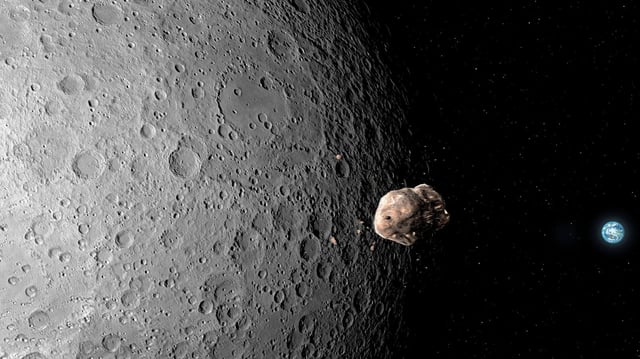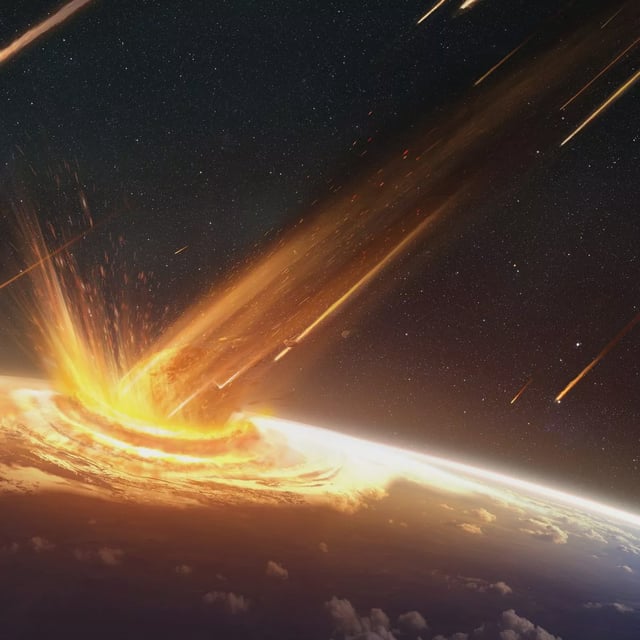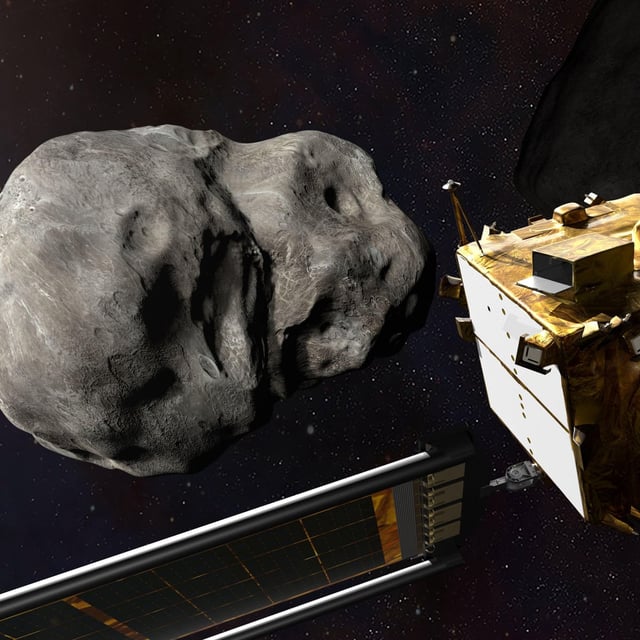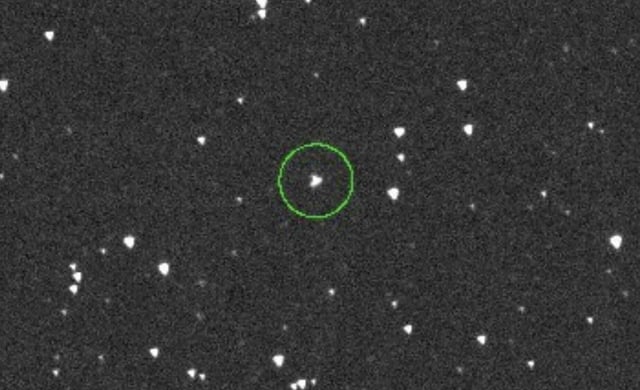Overview
- James Webb Space Telescope observations in May raised the odds of a December 22, 2032 lunar impact from 3.8% to 4.3%.
- At 53–67 meters in diameter, YR4 would form an approximately 1 km crater and eject up to 100 million kilograms of lunar material.
- If the asteroid hits the Moon’s near side, Earth’s gravity could capture about 10% of the debris, sending millimeter- to centimeter-sized meteoroids toward our planet.
- Simulations show the resulting debris cloud could increase the normal micrometeoroid flux around satellites by more than 1,000 times in the days after impact.
- NASA, ESA and other agencies are studying planetary defense options, including a potential kinetic impactor mission when YR4 returns to view in 2028.



